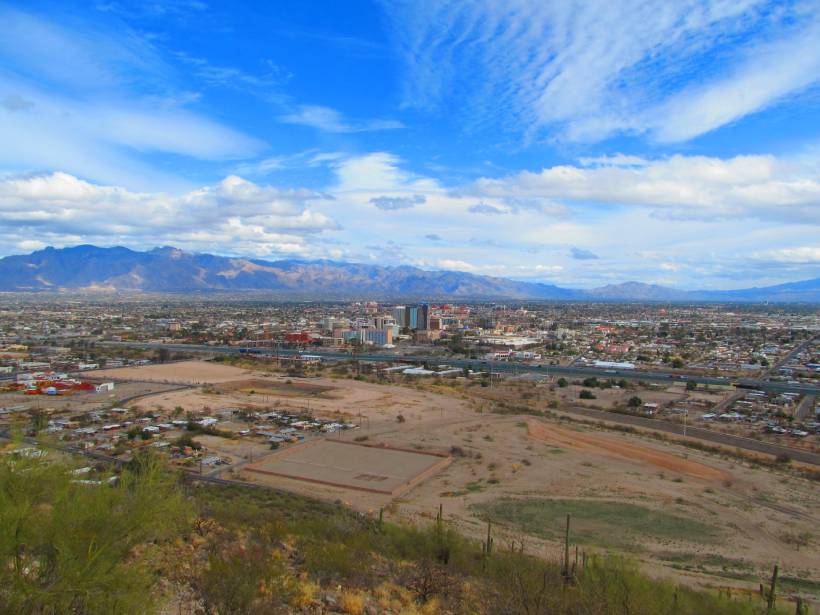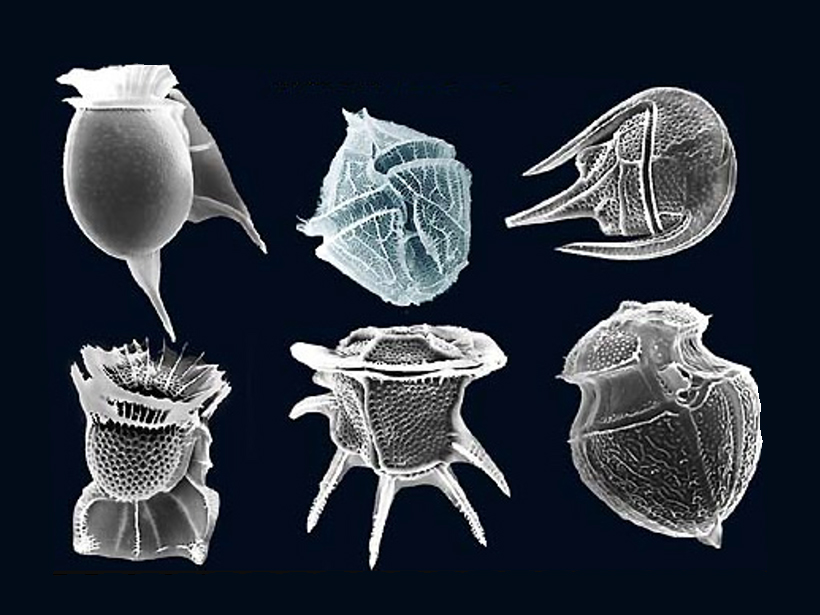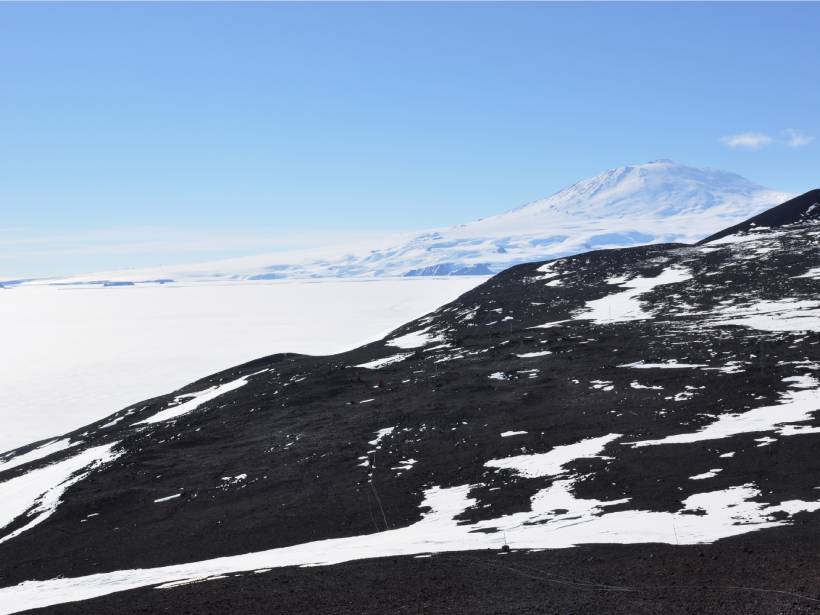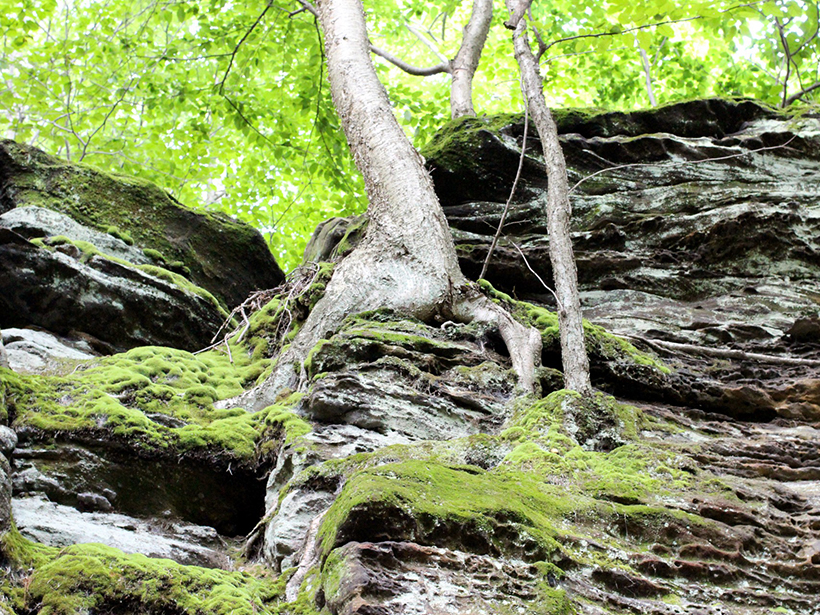Research from the Tucson Basin indicates that tracers can be used to distinguish surface and subsurface recharge, providing crucial data to support sustainable water management in arid environments.
Research Spotlights
Research spotlights are plain-language summaries of recent articles published in AGU’s suite of 24 journals.
The Role of Midsized Phytoplankton in Earth’s Biological Pump
New research finds that nanoplankton may have a larger influence on carbon cycling than previously thought.
Decoding the Age of the Ice at Mars’s North Pole
Exposure to sunlight creates telltale patterns in the polar ice cap that change over time, potentially providing insight into the climatic history of the Red Planet.
Antarctic Lava Yields Clues to Earth’s Past Magnetic Field
A new analysis suggests that a widely accepted approximation of ancient magnetic field strength may be less accurate for the past 5 million years than previously thought.
A Global Look at Surface Soil Organic Carbon
Soil organic carbon is an important element of ecosystem and climate health. Remote sensing can now give scientists a global look at this important piece of the carbon puzzle.
Untangling Drivers of Ancient Hurricane Activity
Individual paleohurricane records extracted from the sediments of storm-battered islands do not clearly implicate climate as having shaped hurricane frequency over the past millennium.
How Heavy Rain and Drought Influence California Crustal Strain
New research using continuous GPS data reveals how multiyear precipitation patterns can amplify the effects of hydrological loading on crustal deformation.
Researchers Unearth Bedrock Carbon and Water Dynamics
Deep tree roots bring respiring microbes into broken bedrock, generating carbon that’s released into the environment. New research explores this oft-overlooked carbon source.
Determining Dissolved Organic Carbon Flows into the Gulf of Alaska
A new model determines freshwater and dissolved organic carbon discharge to the Gulf of Alaska from one of the most geographically diverse but understudied regions on the planet.
Juno Maps Water Ice Across Northern Ganymede
Infrared observations from instruments on the Juno spacecraft cover regions of Ganymede not visible to Earth-based telescopes.










